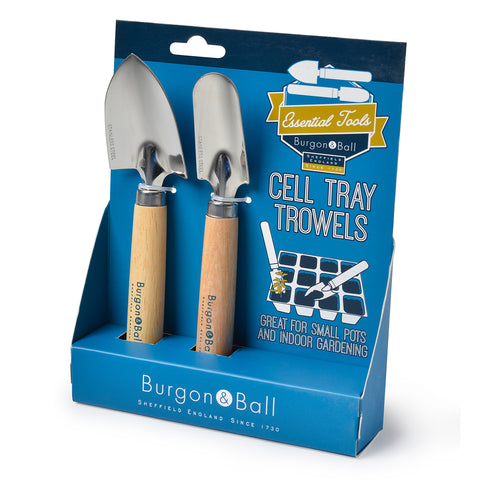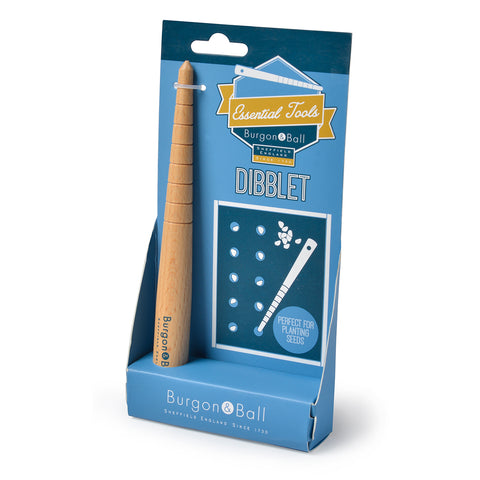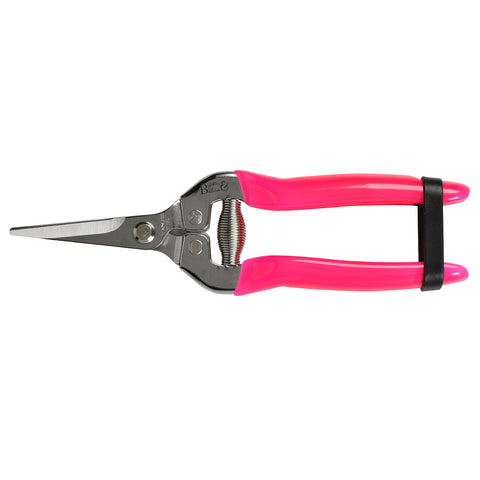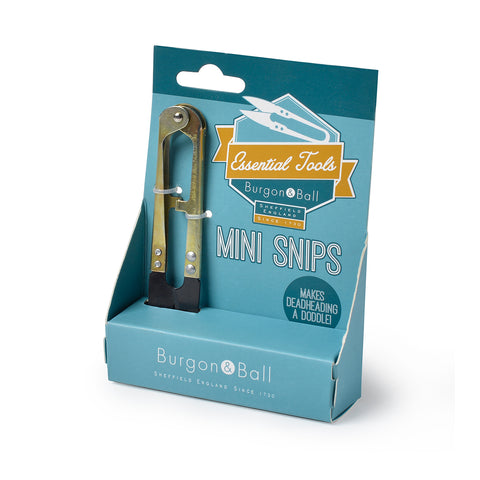They’re all over Instagram, in the gardening section in bookshops, and featured in the gardening magazines. Terrariums (terraria?!) really are quite the ‘in’ thing.
So when a smart geometric terrarium came into our posession, we were off! Having been fully swept up in the seemingly-unending passion for succulents (just take a look at the photography for our indoor pots for evidence of this!), we thought it was time we combined them with the terrarium trend, and made a new home for our succu-lovelies.
The Easter weekend presented the perfect opportunity to get creative and dip our toes in the terrarium waters. Following instructions from Country Living magazine (with advice from the Botanical Boys), we rolled up our sleeves and made a start.
Like a good lasagne, a good terrarium is all about the layers. Your terrarium will need to have:

Layer 1:
Gravel. Create a nice deep layer at the bottom of the container. It essentially acts as a sink for any excess water to drain to, so your plants don’t end up sitting in a pond. Good tip: wash your gravel before using it. We weren’t convinced this was necessary, but clean gravel is clearly A Very Good Thing. Any sludge adhering to your gravel is only going to eventually come to rest at the bottom of your terrarium, and will be very visible, spoiling the pleasing pristine lines of your terrarium substrate.
Layer 2:
Sphagnum moss. Add a thin layer over the top of your gravel. Readily available in garden centres, it’s often used in hanging baskets. This absorbent moss will absorb moisture, stopping it all draining away to the gravel below. It also acts as a filter, keeping the compost separate from the gravel below.
 Layer 3:
Layer 3:
Horticultural charcoal. Recommended by The Botanical Boys, we found this harder to get hold of in small quantities, but buying online revealed plenty of options. Again, this acts as a filter, reducing the growth of micro-organisms in the terrarium, keeping thing nice and clean for your plants, cutting the build-up of algae, and reducing the possibility of smells.
Layer 4:
Compost. Add your compost, as deep as your plants will need. As we’re making a home for succulents, which are happiest in a free-draining soil, we used cactus compost. A deeper layer will hold moisture better, making life more comfortable for your leafy loved ones.
Layer 5:
Plants. Bear in mind the requirements your chosen plants have for watering, feeding, temperature and so on, and pick plants that will live comfortably together. Have a good idea in advance of what will go where. Think about the size and what they’ll look like in the finished terrarium, but also how to give yourself enough space to comfortably plant them.
 Layer 6:
Layer 6:
More gravel. A layer of washed gravel to dress the surface will both make your terrarium look nice and neat, and will also help the compost hold onto its moisture.
Layer 7:
Landscape elements or decorations. Pebbles, a different size or colour of gravel, driftwood, shells, tiny model buildings, people or animals… the choice is yours. It’s surprising how they can alter the look and feel of what you’ve created, and they add a lovely individual touch. For now, we’ve used some pebbles and empty snail shells from the garden – we have plenty! – but when we get a chance we’ll probably swap them for sea shells and driftwood, for a beachy feel.
We’re quite ridiculously pleased with our new terrarium, and will no doubt be creating more. Well, we’ve got all that sphagnum moss to use up! What have we learned? Definitely wash your gravel, it makes a real difference. Also, you might think you have small plants, but they need to be really small to fit comfortably into your terrarium, and still have room to grow. Out of all the plants we had assembled as possibilities, only one of them made the final cut; the rest were far too large for the container. And lastly, our Essential Tools cell tray trowels make perfect dainty terrarium tools.
So get yourself the necessary bits and pieces, find a handsome container, and off you go. This could be the start of a whole new world of container gardening… and even more gorgeous plants around the home!






